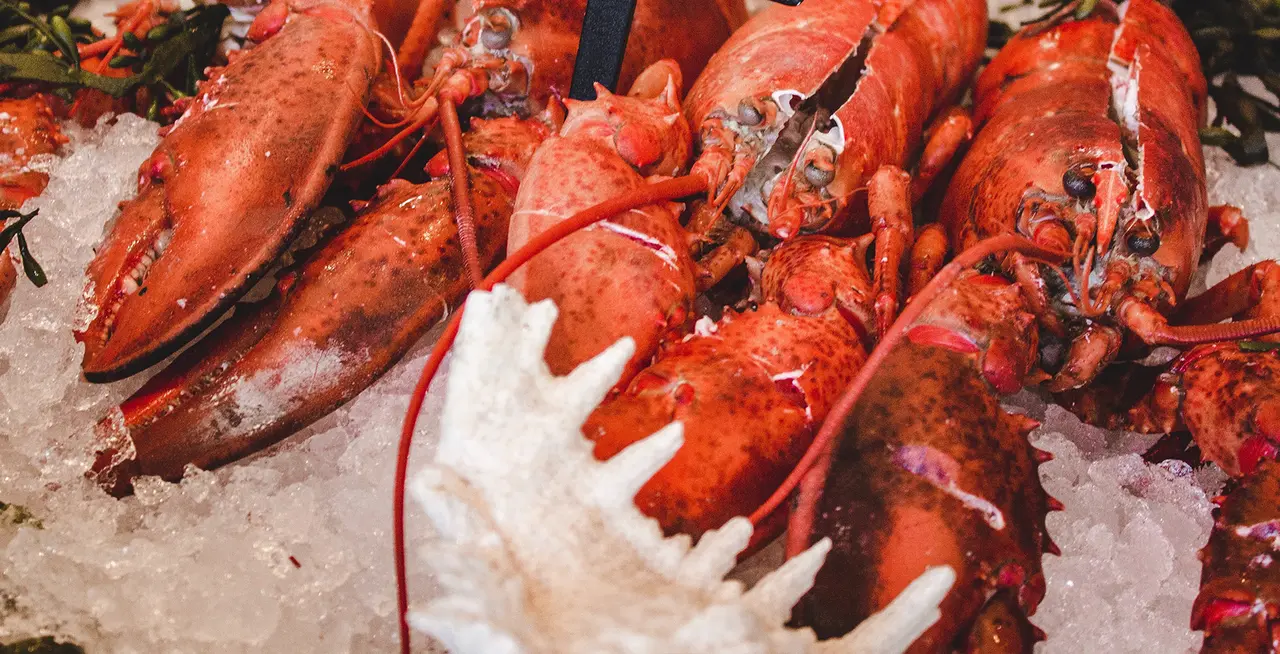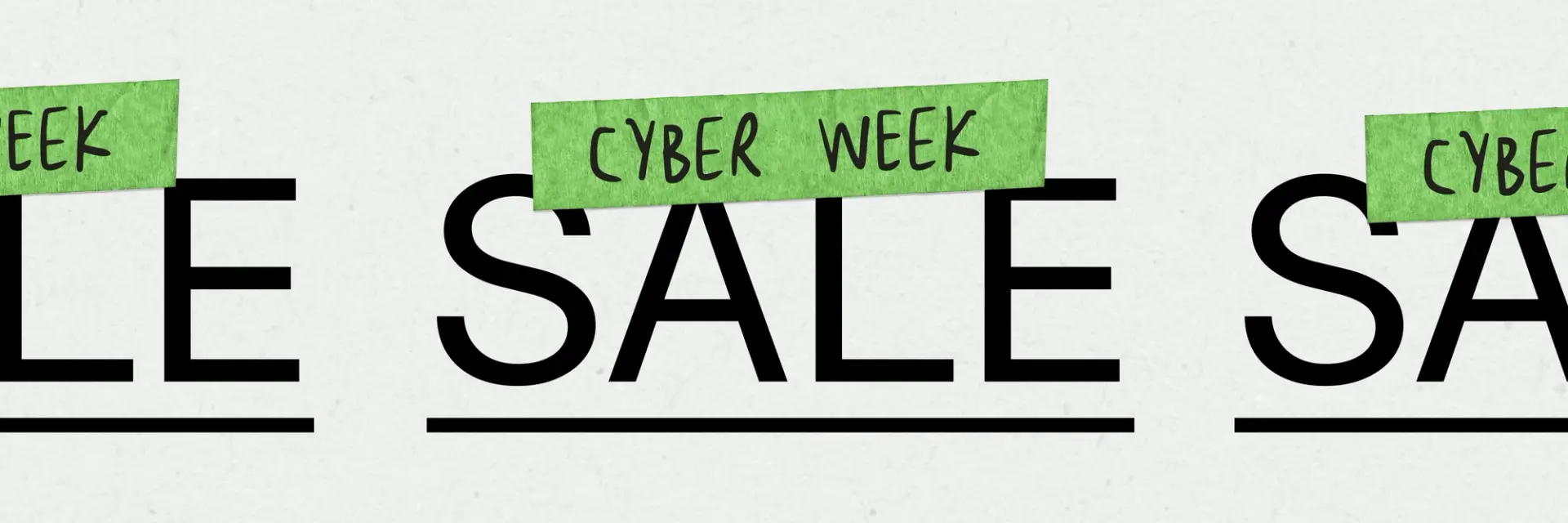Made In's guide to selecting and cooking the perfect lobster.
If you’re not from the East Coast, there’s a good chance your experience with 'live lobsters' is limited to the Little Mermaid, a fancy night out, or peaking through the lobster tank glass at the local grocery store. For that reason, serving Lobster for dinner might seem a bit intimidating. The good news? It’s really not that bad.
Where And When are You Buying Lobster?
Buying lobster really depends what’s available in your region and what you’re willing to pay. If you’re not near a coast or don’t live in an region that eats a lot of fresh lobster, it’s best to buy flash-frozen lobster rather than selecting a live lobster from a tank. With the low turnover and relative seasonality of lobster, tank lobsters can be a gamble. With flash frozen fish and lobster, the freshness is preserved (and guaranteed) until you’re you’re ready to start cooking.
However, if you’re from the East Coast, fresh lobster are in your backyard, and it’s fun to head to a fish market or even your local grocery store to pick a live lobster. Keep in mind that the time of year will impact the availability, price, and taste.
In the US (Maine, particularly), the majority of lobsters are caught between July and September when lobsters are molting, meaning they’ve shed their hard shell from the winter months and have larger, soft shell that they’re still growing into. From July through November really, you can expect lobsters to have less meat as they’re filling up the new shell, but the shells will be bigger, brighter red, heavier (due to water weight), and generally more expensive due to demand. Yet, the meat will be easier to access, as well as sweeter and juicer from extra water and nutrients sitting on top of the meat inside the oversized shells.
From March-June, a lot of lobsters will still have hard shells, so even though the lobster could be a little smaller, the meat is packed in tight with little water weight, so you’ll yield significantly more meat for your dollar. However you can expect the meat to be more mild and less “lobster-y,” plus the harder shell makes extracting all of that meat much tougher.
Photo: Serious Eats (Hard Shell Left; Soft Shell Right)
Selecting Your Lobster
If you’re buying in season and from your local market, selecting the right crustacean requires you to take stock of what you are planning to cook before you buy. Are you going to steam the lobster and serve it with butter? Or do you plan on using this lobster in a soup or a stew?
For soups and stews, we recommend looking for female lobster as they tend to give off more flavor. You can spot them by their tails - female lobsters tend to have broader tales to protect their eggs. On the other hand, male lobsters tend to be larger and meatier, which makes them great as a side-dish or a topping for a sandwich.
With both genders, you’ll want a lobster with a long antenna. Lobsters tend to try and eat one another's antennae, so the longer antennae typically signify a healthier or more recently caught crustacean.
And contrary to most seafood dishes, smell should not be an issue for lobster so don't worry about that during your shopping.
Prepping and Cooking Your Lobster
There are a few ways to cook a lobster and some of these methods will require an investment on your part. However, our favorite way to cook lobster is steaming. Steaming live lobster, or even frozen tails, is extremely easy and it leads to tender, easy to eat meat. Here’s what you will need on hand:
A Stock Pot and Lid
Steaming Rack
Tongs & Lobster Tail Cracker
A 8QT Stock Pot can typically hold roughly 7lbs of lobster at a time without crowding the creatures. Fill your pot with about two inches of water and a dash or two of salt. Set your steaming rack within the pot and then put it on your stove to allow it to boil. Once the water is boiling you can add your lobsters, making sure to remove any rubber bands. Most professionals opt to steam fresh lobster for about 8 - 10 minutes per pound. You'll know your lobster is done when the shells are bright red, but you can double-check by cracking open a carapace and testing the meat.
Serving Your Lobster - Flavorful Tips & Tricks.
Lemon Wedge - Once you've platted your lobster tail, add a wedge of lemon to the plate. A little squeeze of lemon over your fresh lobster meat can change the complexion of the meal in a good way.
Butter Bowl - Make sure to have personal bowls of melted butter for each guest. Freshly melted butter is the perfect artery clogging addition to any lobster dish.
Bibs & Wet Wipes - Nobody gets through a lobster dinner without making a mess. Serve each plate with a couple of wet wipes and an optional bib for messy eaters.
You're set. Surf's up!
Deepen your cooking skill-set and continue learning. Next-up: How to Pan Roast Fish with Tom Colicchio
























